If you’ve ever wanted to travel to the moon but don’t have the time, head to Arizona’s Petrified Forest National Park: well-known for its cratered landscapes, colorful eroding badlands, and vibrant petrified logs. With access to the scenic Petrified Forest Road, visitors can easily hop out to enjoy stunning overlooks, family-friendly trails, visitor centers, and more at this out-of-this-world US National Park.
Where is Petrified Forest National Park?

The semi-desert shrub steppe known as Petrified Forest National Park is located in Eastern Arizona, very close to the New Mexico Border. It’s a well-known spot along the historically famous Route 66 and just under 2 hours east of Flagstaff.

Evidence of human history and culture dates back more than 13,000 years in Petrified Forest National Park. Petroglyphs are one of the most famous features in the park left by people long ago. Starting with the Paleo people from 13,500-6,000 BC, later followed by the Pueblo People or Anasazi. Today the park lies in the Navajo and Apache counties, the remaining tribes in the area.
Petrified Forest National Park Facts

- The park is home to one of the most colorful and largest collections of petrified wood in the world.
- Petrified Forest was made a national monument in 1906 by Theodore Roosevelt. It wasn’t until 1962 that it became a national park.
- More than 200 million years ago, logs were left behind from the ancient river system that previously ran through the park. Over centuries, wood debris was buried and lack of oxygen and decay formed minerals in the area that later led to the formation of petrified wood.
- The impressive colors of the petrified wood primarily come from three minerals: quartz forms white, manganese oxides create purple, blue, brown, and black colors, and iron oxides create yellow, red, and brown hues.
- Petrified Forest is the only national park that contains a section of the Historic Route 66 Highway.
Best Time to Visit Petrified Forest National Park

The park is known for its semi-arid environment and wide range of temperatures throughout the year, ranging from below freezing to over 100 degrees F. Spring and fall are the best times to visit the park for the most comfortable hiking or walking temperatures. From March to October visitors also have a good chance of seeing wildflowers. If you visit in winter, plan to dress very warm and check the weather conditions ahead of time. In the summer, plan for short walks and pack plenty of water.
Petrified Forest National Park Hours & Current Conditions
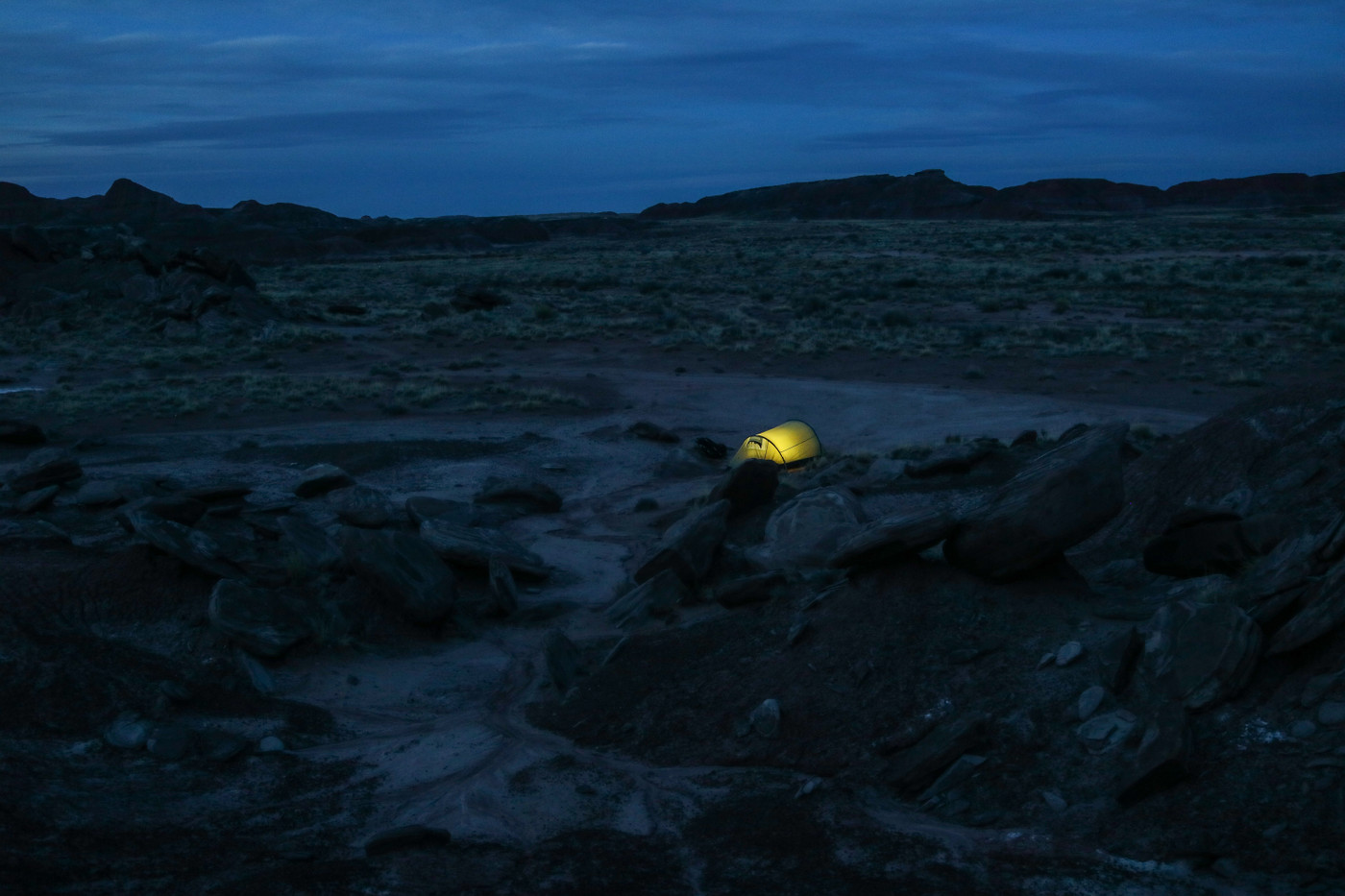
Petrified Forest National Park is open from 8am-5pm every day of the year. The park strictly closes at 5pm to deter people from stealing the park’s famous petrified wood. For current status and frequent updates, check out Petrified Forest National Park’s current conditions.
Petrified Forest National Park Entrance Fee

Petrified Forest’s entrance fee costs $25 per vehicle and lasts for 7 days. The entrance fee is $10 per person arriving on motorcycles, bicycles, or walking and also lasts a week. An annual park pass is $40 a year or an America the Beautiful pass, which allows access to this entire list of national parks, is $80 a year.
How to Get to Petrified Forest National Park

Petrified Forest National Park is about 1 hour and 45 minutes east of Flagstaff, Arizona. From Flagstaff, head east on I-40 toward Albuquerque for about 110 miles. Take exit 311 and enter the park on Petrified Forest Road.
National Parks near Petrified Forest National Park

Arizona’s National Parks are a sight to behold. There are three in total, and their landscapes range from Petrified Forest’s rainbow-colored logs and peaks to Saguaro National Park‘s towering cacti to Grand Canyon National Park‘s jaw-dropping, mile-deep canyon.
Hiking in Petrified Forest National Park

In the Petrified Forest, every day is a good day for a hike. If you’re ready to stretch your legs (but not sure where to start), here’s a list of our favorite hikes in the park:
Easy, perfect for families
- Painted Desert Rim Trail (1 mi round trip)
- Puerco Pueblo Trail (0.3 mi loop)
- Blue Mesa Trail (1 mi loop)
- Crystal Forest Trail (0.75 mi loop)
- Giant Logs Trail (0.4 mi loop)
Moderate, fairly strenuous
- Tawa Trail (1.2 mi one way)
- Blue Forest Trail (3 mi round trip)
- Billings Gap Overlook (3 mi round trip)
- Long Logs Trail(1.6 mi loop)
- Agate House Trail (2 mi round trip)
Difficult, experience recommended
- Dead Wash Overlook (4 mi round trip)
- Devil’s Playground Loop (7.5 mi loop)
- Red Basin Clam Beds Hike (8.5 mi round trip)
- Wilderness Loop (7 mi round trip)
- Onyx Bridge Hike (4 mi round trip)
Petrified Forest National Park Lodging
Camping at Petrified Forest National Park
Get more ideas from seeker on
Hotels near Petrified Forest National Park
Get more ideas from seeker on
Petrified Forest National Park Tours
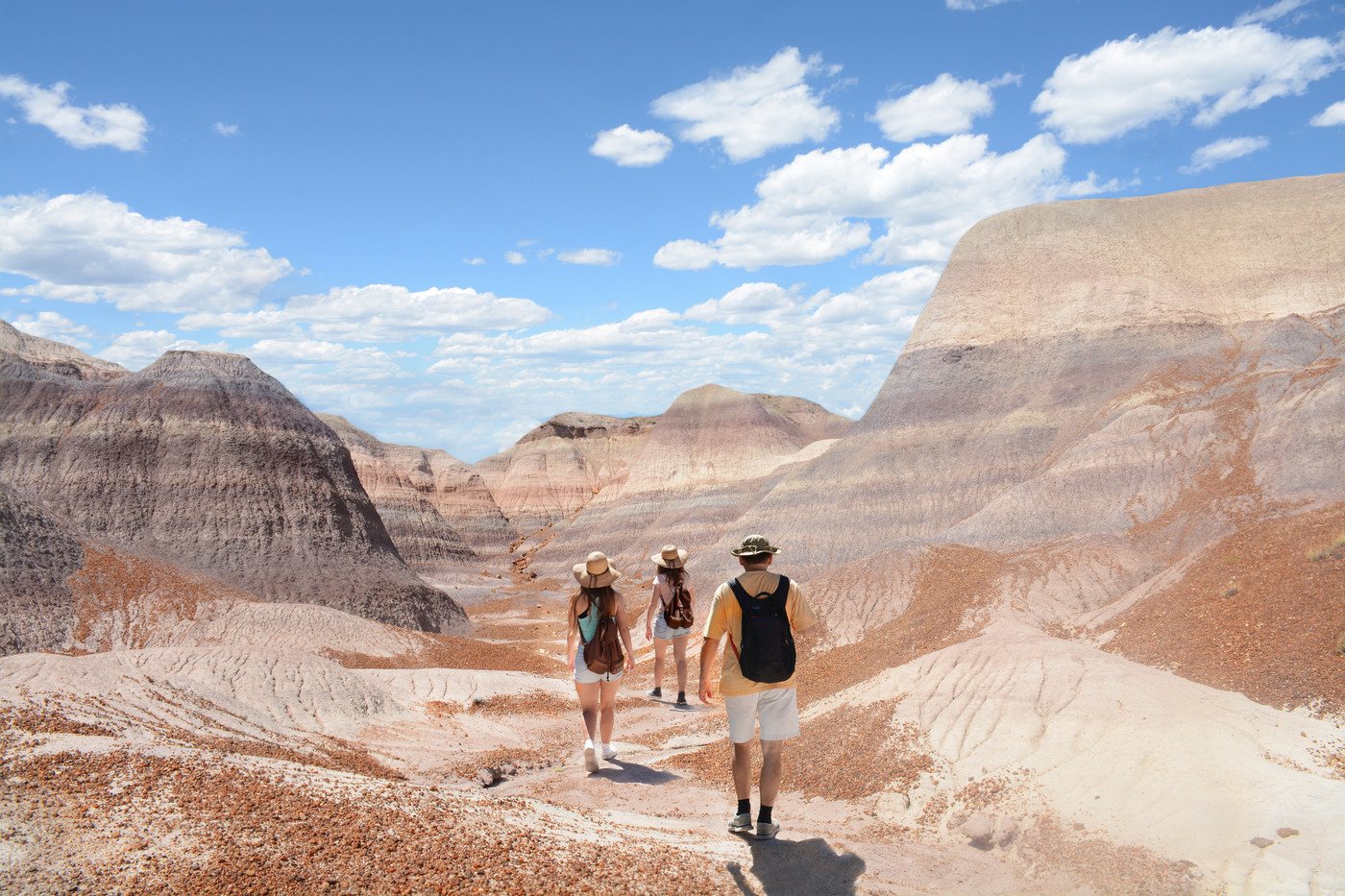
Stop by a visitor center to check out the ranger-led park tours. The park offers guided activities throughout the year, as well as a junior ranger program. While there are no guided commercial tours to Petrified Forest National Park there are some online audio tours that take visitors through the park highlights and share information about park geology, history, and wildlife.
Best Things to Do in Petrified Forest National Park
Drive the scenic Petrified Forest Road

Petrified Forest Road is a 28-mile road that runs from north to south through the park with plenty of spurs and viewpoints along the drive. Enjoy impressive viewpoints and varying colors of badlands, fields of petrified wood, and impressive desert vistas.
Explore the Crystal Forest
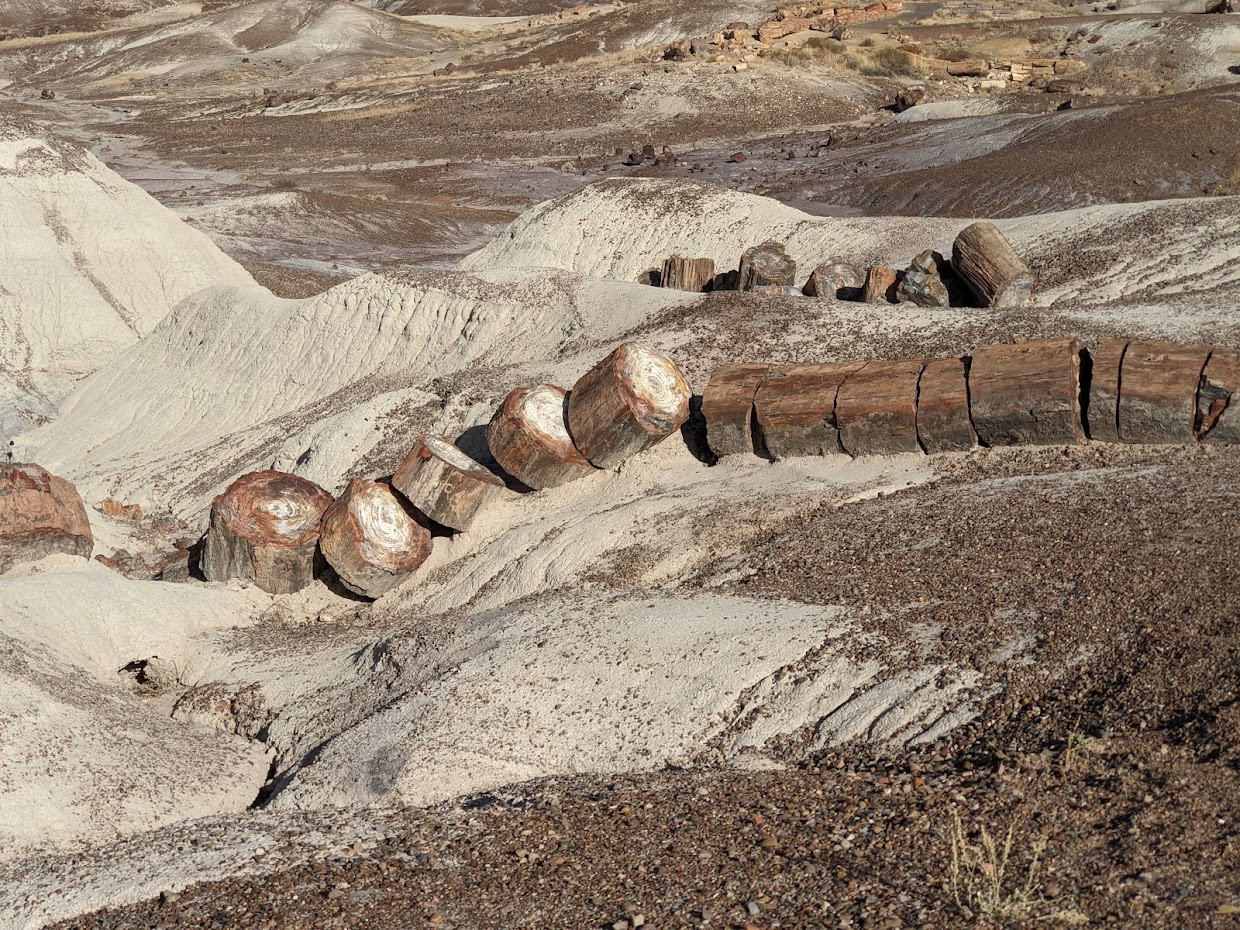
Over this mile-long hike, you’ll see some of the best sites the park offers. With varying sizes of petrified wood in the foreground and a background of colorful badlands, Crystal Forest is a great trail all visitors should check out when visiting.
Hike to Blue Mesa

This one-mile loop offers incredible sites walking through the colorful blue and purple badlands. The sedimentary layers that make up Blue Mesa offer a unique experience. Note the start of this trail is a bit steep!
Cycle Old Route 66

From the main park road on the east side of the park cycle along the unpaved portion of the famous Route 66. Or cycle along any paved roads throughout the park, but look out for speedy drivers.
Horseback Ride from Kachina Point

Horses are permitted throughout the wilderness areas in the park. The Painted Desert is a beautiful place to explore by horse, but bring all the water and supplies you need as the area is remote and has no access to anything.
Hike the Painted Desert Rim Trail

Spanning from Tawa Point to Kachina Point, this 1one-mile trail takes hikers across the rim woodland while overlooking the Painted Desert. It’s one of the most iconic parts of the park so be sure not to miss it!
Check out the Giant Logs Trail

Petrified Forest’s Giant Log loop is less than a half -mile and is enjoyed by all park visitors. Here you’ll see pieces of petrified wood varying in size and color, all spread throughout the expansive grasslands.
Explore the Petroglyphs at Puerco Pueblo
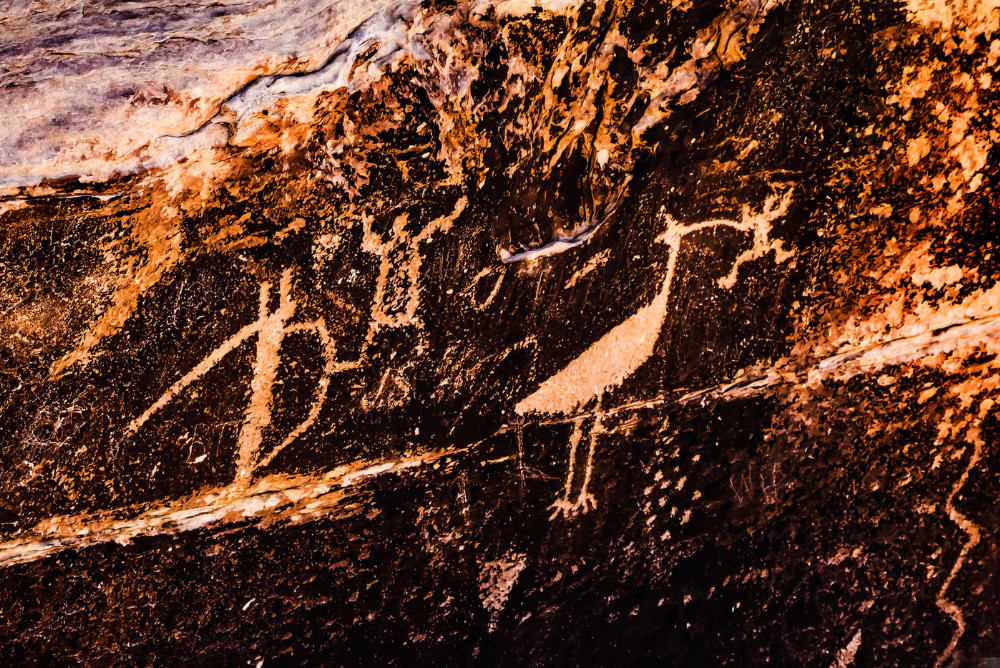
If you want to learn more about the ancestral Puebloan people who lived in the park over 600 years ago, check out the 0.3-mile Puerco Pueblo trail. At the south end of the trail, you’ll see petroglyphs on the boulders and walls.
Visit the Rainbow Forest Museum
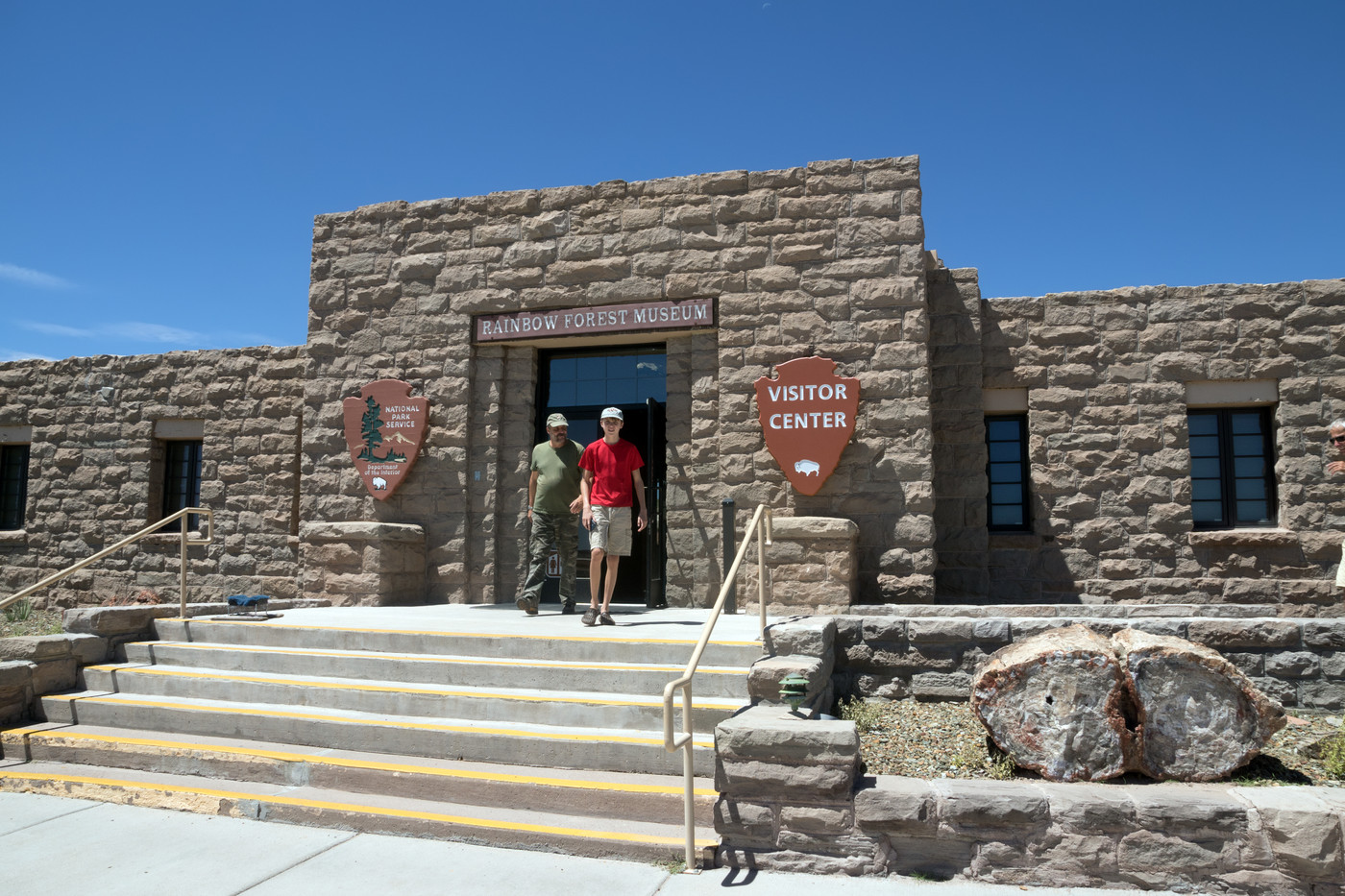
The Rainbow Forest Museum was one of the first facilities in the park and was the initial park headquarters upon becoming a national monument. Check out the historic artifacts and history of the park at this museum.
Check out the Agate House

The Agate House is an 8eight room pueblo building that was occupied between 1050 and 1300. It has evidence of the old knives, points, and scrapers used to form the petrified wood into a building.
Buy some petrified wood at the Petrified Forest Gift Shop

While it’s illegal to take any of the petrified wood in the park itself, you can buy beautiful pieces of polished petrified wood at the Petrified Forest Gift Shop along with other park souvenirs.
Photograph The Tepees at Petrified Forest
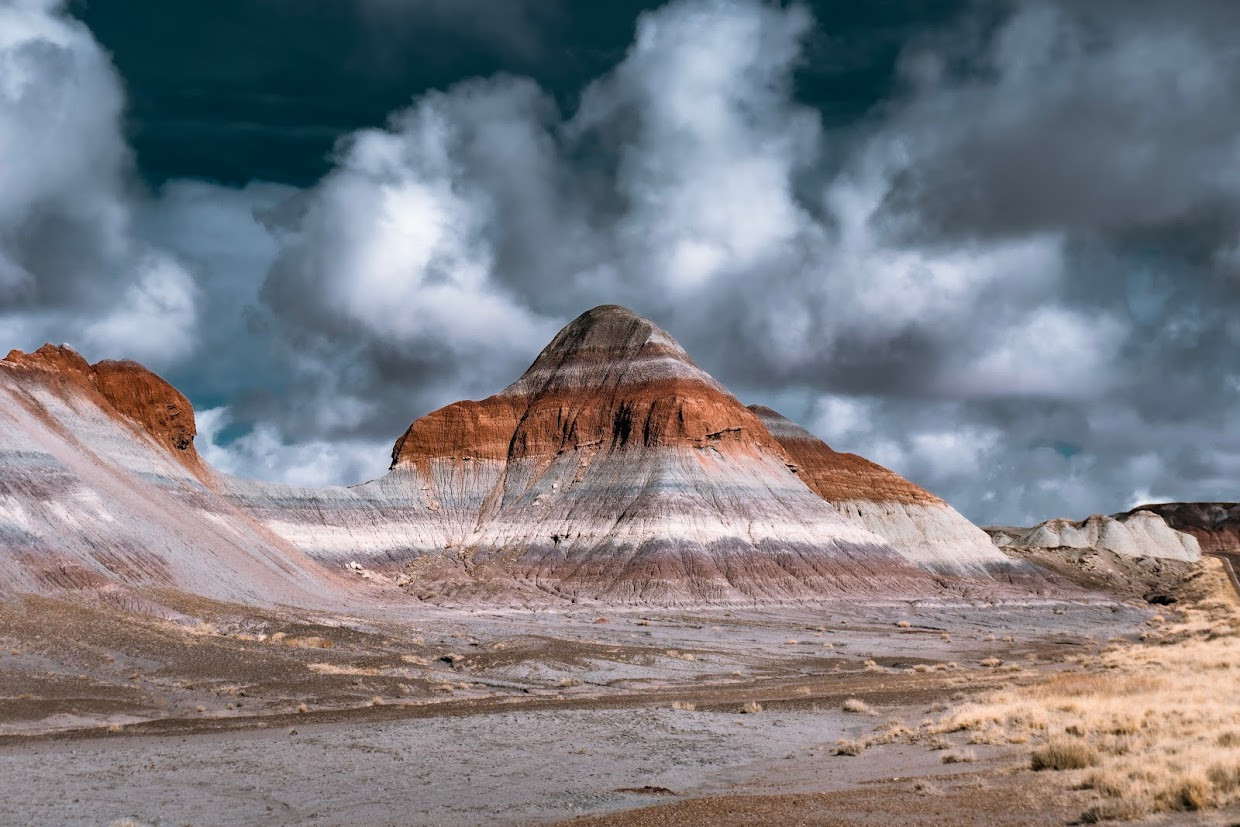
The Tepees are a unique badland formation near the southern entrance of the park. With striped layers varying from red to pink to blue to grey to purple to white, the Tepees are a beautiful pullout on the side of the road. They are a good representation of the colorful desert landscape this park offers.
Backpack into the Painted Desert Wilderness

The only type of camping allowed in the park is backpacking; there is no front country camping, RV, or car camping in the park. Hike at least a mile in to the Painted Desert, out of sight of any roads or trails, and find a beautiful remote spot to camp. Watch out for the fragile vegetation and be sure to minimize your impact while traveling off the trail in this incredibly unique travel destination.
Stop by the Painted Desert Inn

The Painted Desert Inn overlooks the Painted Desert and is considered a national historic landmark. While there is no longer overnight accommodation or food service here, it remains a museum with interesting information about the park.
Visit the Painted Desert Visitor Center

Whether you want to chat with a park ranger about upcoming activities, figure out the best way to spend your day in the park., or buy park souvenirs and snacks, the Painted Desert Visitor Center has you covered.